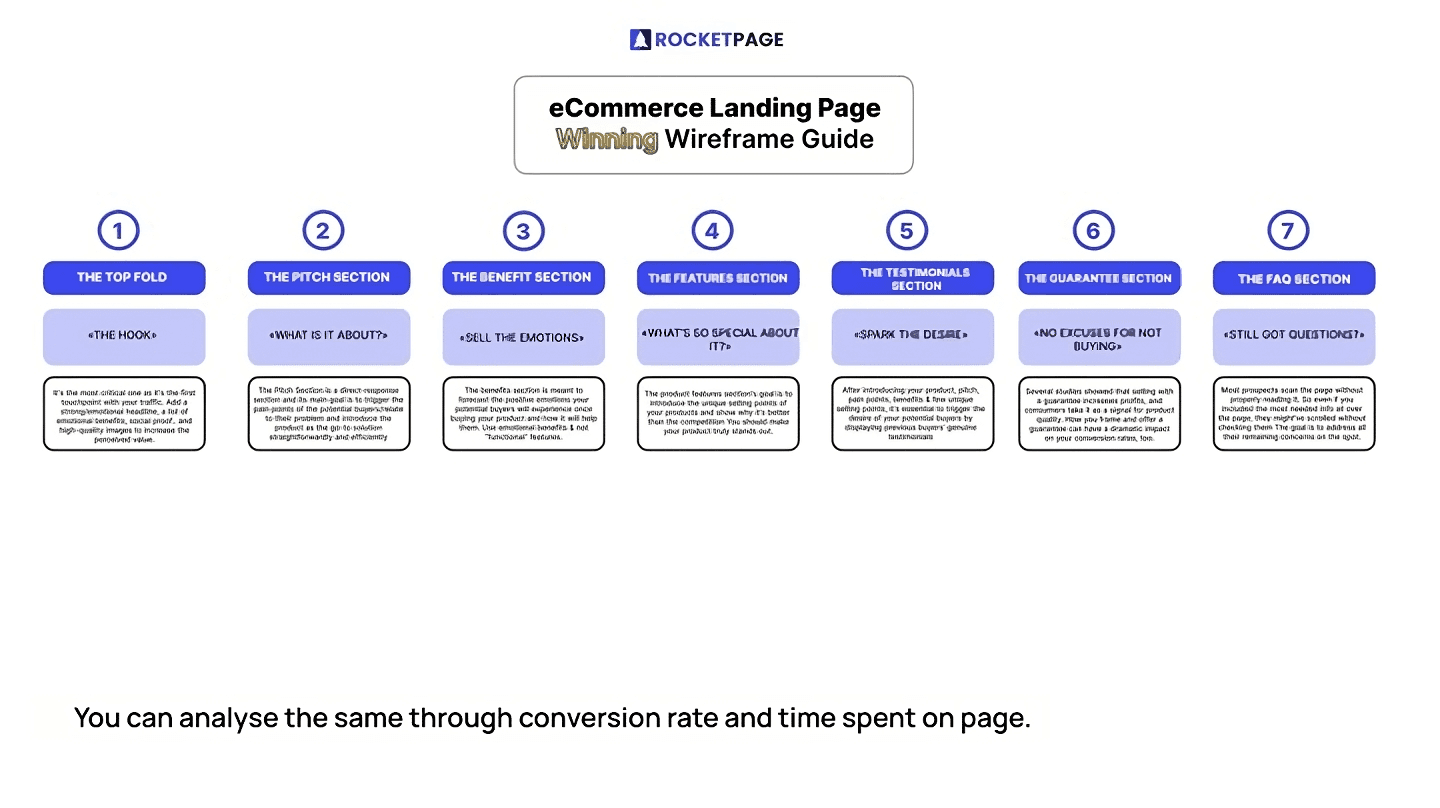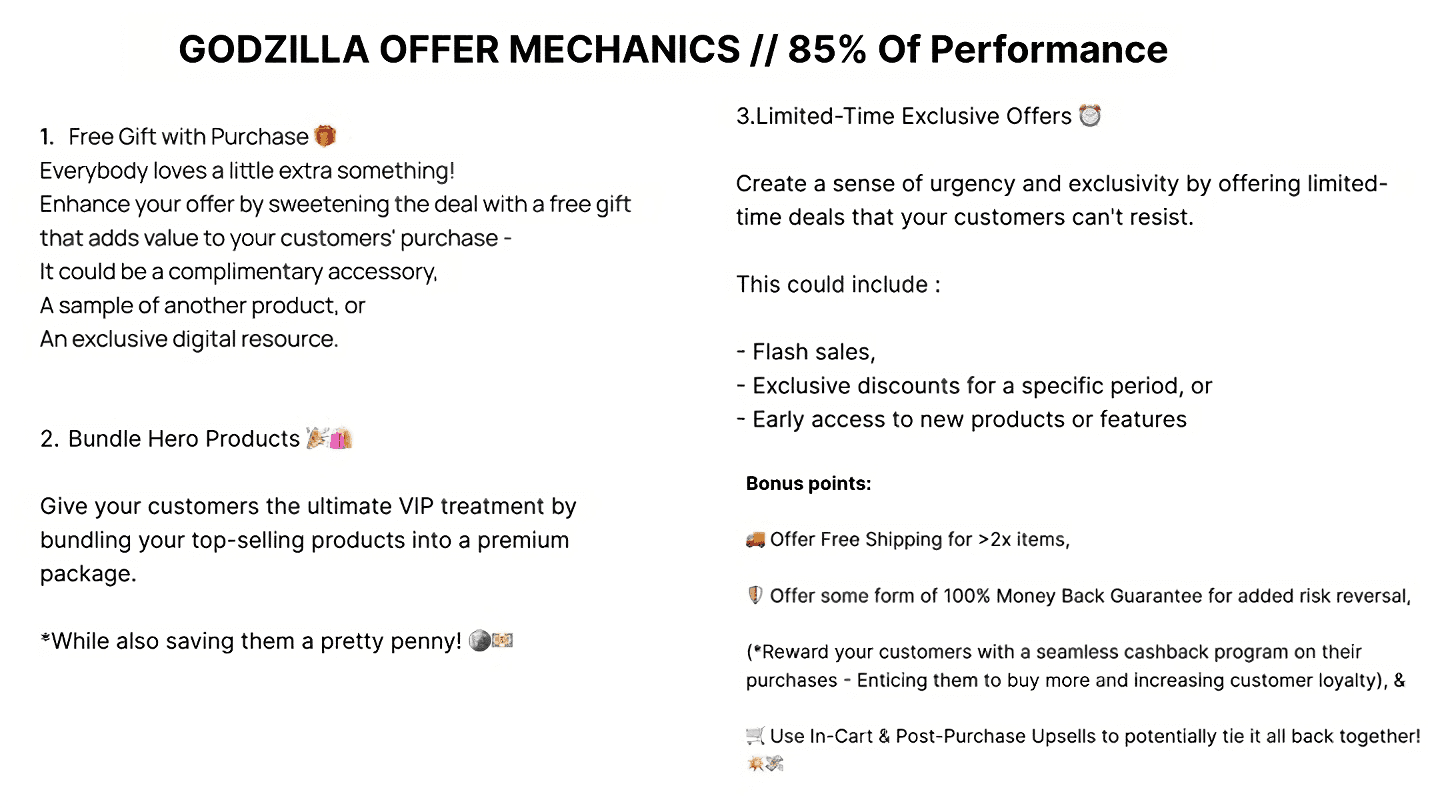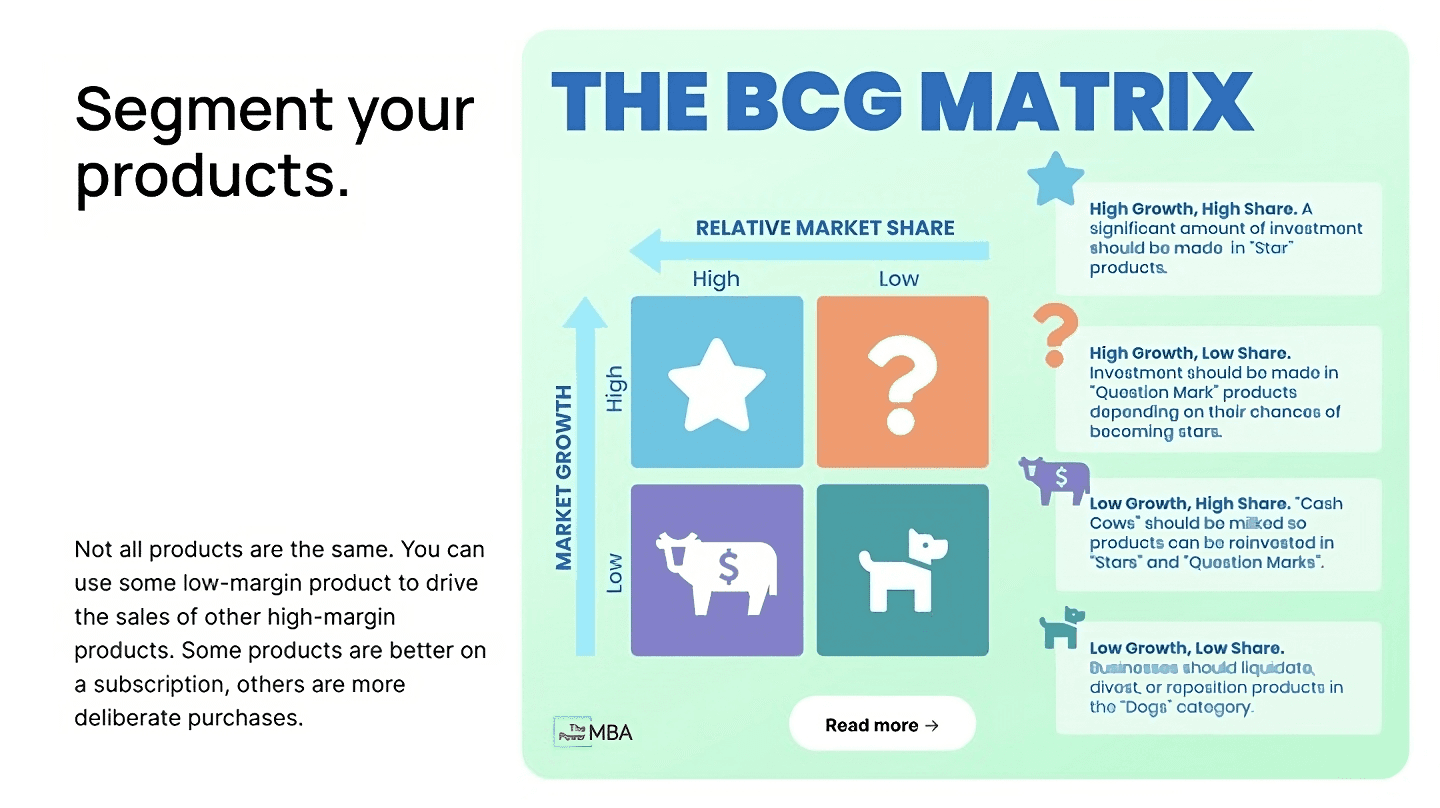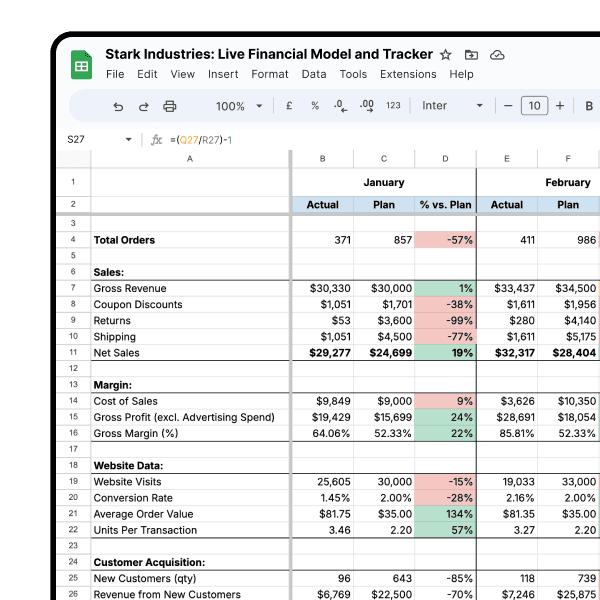Early Stage Growth Tips
15.06.2023
TLDR
In a recent webinar, experts discussed achieving product-market fit (PMF) for early-stage direct-to-consumer (DTC) brands. Key steps include crafting targeted ads, optimizing landing pages, and offering compelling deals. Testing variables like target audiences, ad creatives, landing pages, and products is crucial. Customer segmentation, COGS, and efficient shipping also impact profitability.
In a recent webinar, speakers Varun Chopra, Co-founder of DTC marketing agency The Teaser Company, and Saptarshi Nath, CEO of data analysis platform Airboxr, shared valuable and insightful advice on how to effectively run growth experiments for early stage direct to consumer companies looking for product market fit.
What is PMF?
Product market fit, or PMF, is the first step for any new brand in building a successful venture, where it meets its early adopters and identifies its target market. For a direct to consumer (DTC) company, PMF is the point where your business has found a repeatable message, repeatable channel, and unit-level profitability.
As a guideline, it also helps to know what PMF does not look like—and that is business profitability, millions in sales, or a high valuation. “In the initial days, when you’re spending on warehousing, on inventory, on people, it’s very unlikely that as an entire business, you’re going to be profitable,” says Saps. Similarly, a business does not require millions in sales to know that they are profitable; neither does a valuation affect profitability, as PMF is won from customers, not investors.
How do I prepare to run growth experiments?
Create ads targeted towards early adopters
While ads may have many different purposes or goals, for early stage companies, the objective of an ad is to sell a relevant click. “At an early stage, having your ads focus on branding is the worst thing you can do,” shares Varun. “You have to talk about the product; how you are different, how you are unique. At this point, you want the early adopters.”
He shares the key ingredients for a direct response advertisement: hook, problem, benefit, social proof, offer.

Design your landing page to persuade from all angles
The objective of a landing page is to sell your product. “You want people to believe they are in the right place at the right time, and will buy from your website instead of going to other marketplaces,” says Varun.
Below are the seven major levers for a successful landing page: the top fold, the pitch section, the benefit section, the features section, the testimonials section, the guarantee section, the FAQ section.

Make an unbeatable offer
An unbeatable offer, or a “Godzilla offer”, is the crucial step to a successful ad campaign. “85% of your performance is going to be dependent on what you make as an offer,” says Varun.

What variables should I be testing?
Target audiences
Over time, you may find that one of your target audiences is giving you the best CTR / CR / AOV. If this is the case, you may consider reducing the budget on the other targets, or drop them altogether, so you can double down on your target audience.
Ad creatives
If one ad creative is performing well on different audiences, you have a classic winner, which has the potential to convert every target audience you show it to.
To understand if an ad creative is performing well, you want to measure the hook rate and hold rate.
According to Meta, this is how they are defined (but you may define them differently):
Hook rate: the % of people that watched the first 3 seconds
Hold rate: the % of people that got from 3 seconds to 15 seconds
Also read: Signs that you need to update your ad creatives
Landing pages
You want to find out at which sections of your landing page you’re seeing the highest rate of visitor drop-offs. For this, you can use heatmap tools. Alternatively, you can monitor the average time spent on your landing page, to get a sense of how engaging your page is. Make changes to your landing page design and copy so you can improve the engagement on your page.
Improve your DTC game. Sign up for weekly tips.
Products
If your business is able to regularly introduce new product offerings, this will matter very much to you. Study your product sales over time. Start to understand where each of your products sit in the BCG matrix - which of your products are pet products, cash cows, stars, and question marks. From here, you can make decisions about your next product line, to bring you closer to PMF.

Customer segmentation
If you have already built up a significant customer base, you can start to use this data in your marketing efforts. Use an RFM analysis to identify who your most valuable customers are, and then create lookalike audiences to target more of them through ads.
Note that you need a source audience of at least 100 people from the same country to create a lookalike audience. Meta generally recommends a source audience of at least 1,000 people.
What other factors affect profitability?
COGS
ROAS and MER are great and all, but you don’t know if you’re truly profitable as a business without factoring in the cost of goods sold (COGS). Always compare your sales figures alongside your costs, so that you can chart your path towards profitability.
Shipping
Here, we’re not looking at shipping costs (which should already be factored into your sales reports). We’re looking at the post-purchase experience, which may become a cause for unwanted outcomes such as order cancellations. Closely monitor your shipout and shipper performance so as to minimize the time taken for your customers to receive their orders. This will ensure all your other efforts at driving sales are not handicapped by post-purchase inefficiencies.


